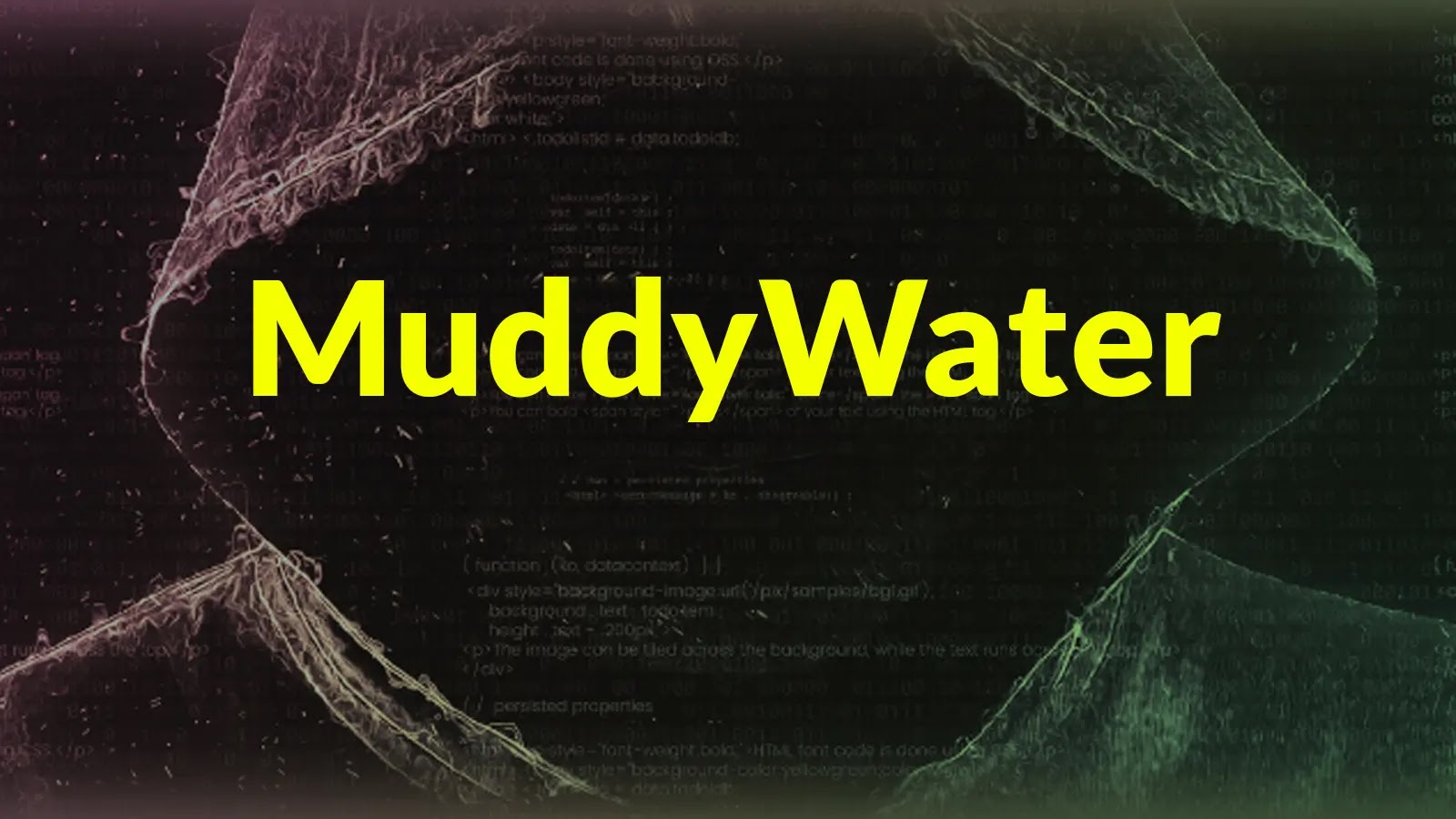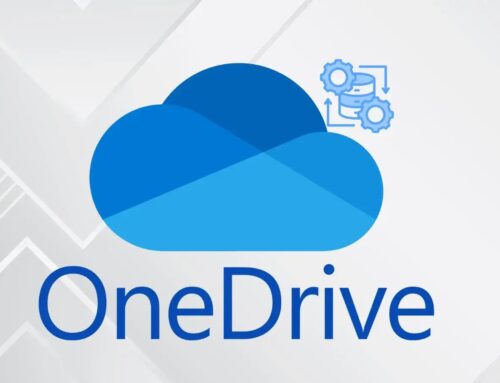
APT MuddyWater Attacking CFOs Leveraging OpenSSH, Enables RDP, and Scheduled Task
APT MuddyWater Targets CFOs: A New Breed of Financial Cyber Espionage
The financial sector remains a prime target for sophisticated threat actors, and a recent campaign attributed to the infamous APT MuddyWater underscores this persistent threat. This latest operation specifically zeroes in on Chief Financial Officers (CFOs) and other high-level finance executives across a global footprint, including Europe, North America, South America, Africa, and Asia. The campaign employs highly deceptive social engineering tactics, leveraging familiar tools like OpenSSH and RDP, to establish persistent access and compromise critical financial infrastructure. Understanding the intricacies of this attack is paramount for organizations to bolster their defenses against such advanced persistent threats.
Understanding APT MuddyWater’s Modus Operandi
APT MuddyWater, known for its cyber espionage activities, has refined its approach to compromise high-value targets. This campaign begins with a multi-stage phishing operation that masquerades as legitimate recruitment communications from Rothschild & Co. This highly credible guise is designed to bypass initial security checks and entice finance executives to engage. The threat actors further enhance their deception by utilizing Firebase-hosted phishing pages, complete with custom CAPTCHA challenges, to lend an air of authenticity to their malicious infrastructure. This meticulous attention to detail in the initial compromise phase highlights the calculated nature of the threat.
The Phishing Lure: Impersonating Rothschild & Co.
The initial vector for this campaign is a sophisticated phishing lure. By impersonating a globally recognized financial institution like Rothschild & Co., MuddyWater significantly increases its chances of success. The use of legitimate-looking recruitment communications leverages the professional aspirations and trust associated with high-profile financial organizations. This social engineering tactic is a crucial first step, designed to extract sensitive information or trick victims into executing malicious payloads.
Technical Exploitation: OpenSSH, RDP, and Scheduled Tasks
Once initial access is gained, APT MuddyWater demonstrates a clear intent to establish persistence and expand its control within the target network. The campaign leverages several well-known tools and techniques to achieve this:
- OpenSSH Integration: The threat actors are reportedly leveraging OpenSSH, likely as a means for secure remote access and data exfiltration. While OpenSSH is a legitimate and widely used tool for secure remote shell access and file transfer, its exploitation by threat actors highlights the importance of securing and monitoring all remote access mechanisms. Organizations should ensure proper configuration and strict access controls for SSH, including the use of strong authentication methods and regular audits of SSH keys.
- Enabling Remote Desktop Protocol (RDP): RDP is a common administrative tool that, when unsecure, provides an easy entry point for attackers to gain graphical access to compromised systems. MuddyWater’s reported tactic of enabling RDP on compromised machines indicates a desire for persistent, interactive control, allowing them to navigate the network, execute commands, and exfiltrate data with greater ease.
- Scheduled Tasks for Persistence: To maintain long-term access, APT MuddyWater implements scheduled tasks. This is a common and effective technique for establishing persistence on Windows systems. By creating a scheduled task, the malware or malicious script can execute at specified intervals or upon certain events, ensuring that the threat actor retains a foothold even after system reboots or security cleanups.
Implications for Financial Institutions and Executives
The targeting of CFOs and finance executives by a sophisticated APT group like MuddyWater poses significant risks. Beyond immediate financial loss, the implications include:
- Data Exfiltration: Access to sensitive financial data, intellectual property, and strategic plans.
- Reputational Damage: Compromises can erode public trust and severely damage an organization’s reputation.
- Operational Disruption: Malicious activity can disrupt critical business operations, leading to financial and productivity losses.
- Espionage and Insider Threat: Potential for long-term espionage activities, potentially turning compromised executives into unwitting conduits for information.
Remediation Actions and Proactive Defenses
Defending against APT MuddyWater’s tactics requires a multi-layered, proactive security posture. Financial institutions and high-value executives must prioritize the following remediation and prevention strategies:
- Strengthen Phishing Awareness Training: Implement continuous, realistic phishing simulations targeting high-value employees. Train executives to scrutinize all unsolicited communication, verify sender identities, and report suspicious emails. Emphasize the dangers of clicking unknown links, especially those in recruitment-themed emails.
- Multi-Factor Authentication (MFA): Enforce MFA for all critical systems, especially those accessible remotely, including email, VPNs, and internal applications. This significantly complicates unauthorized access even if credentials are stolen.
- Endpoint Detection and Response (EDR)/Extended Detection and Response (XDR): Deploy robust EDR/XDR solutions to monitor endpoint activity for suspicious behaviors indicative of post-exploitation activities, such as RDP enablement, new scheduled tasks, or unusual OpenSSH connections.
- Network Segmentation: Implement strict network segmentation to limit lateral movement within the network if a compromise occurs. Isolate critical financial systems and executive workstations from general user networks.
- Least Privilege Principle: Ensure that users, especially executives, operate with the principle of least privilege, meaning they only have the necessary permissions to perform their job functions.
- Regular Software and System Patching: Maintain a rigorous patching schedule for all operating systems, applications, and network devices. While no specific CVE was detailed in the report, unpatched vulnerabilities can serve as alternative entry points.
- Monitor Remote Access Services: Continuously monitor logs for RDP and SSH connections. Look for unusual access patterns, connections from unexpected geographies, or attempts to enable these services on unauthorized machines. Disable unnecessary RDP and SSH services.
- Audit Scheduled Tasks: Regularly audit scheduled tasks on all critical systems, looking for newly created or modified tasks that could indicate persistence mechanisms.
- Incident Response Plan: Develop and regularly test a comprehensive incident response plan for financial sector-specific cyberattacks. This includes clear communication protocols, forensic investigation procedures, and data recovery strategies.
Tools for Detection and Mitigation
| Tool Name | Purpose | Link |
|---|---|---|
| PhishMe (Cofense) | Phishing simulation and awareness training | https://cofense.com/ |
| Microsoft Defender for Endpoint | Endpoint Detection and Response (EDR) | https://www.microsoft.com/en-us/security/business/threat-protection/microsoft-defender-for-endpoint |
| Darktrace | AI-powered network detection and response | https://www.darktrace.com/ |
| Splunk Enterprise Security | SIEM for logging and anomaly detection | https://www.splunk.com/en_us/software/splunk-enterprise-security.html |
| Nessus (Tenable) | Vulnerability scanning and assessment | https://www.tenable.com/products/nessus |
Conclusion
The APT MuddyWater campaign targeting CFOs serves as a stark reminder of the persistent and evolving threat landscape facing financial institutions. Its sophisticated social engineering, combined with the strategic utilization of legitimate tools like OpenSSH and RDP for persistent access, demands a robust and adaptive cybersecurity defense. By fortifying human defenses through rigorous training and implementing advanced technical controls, organizations can significantly reduce their attack surface and mitigate the risks posed by such advanced persistent threats.





